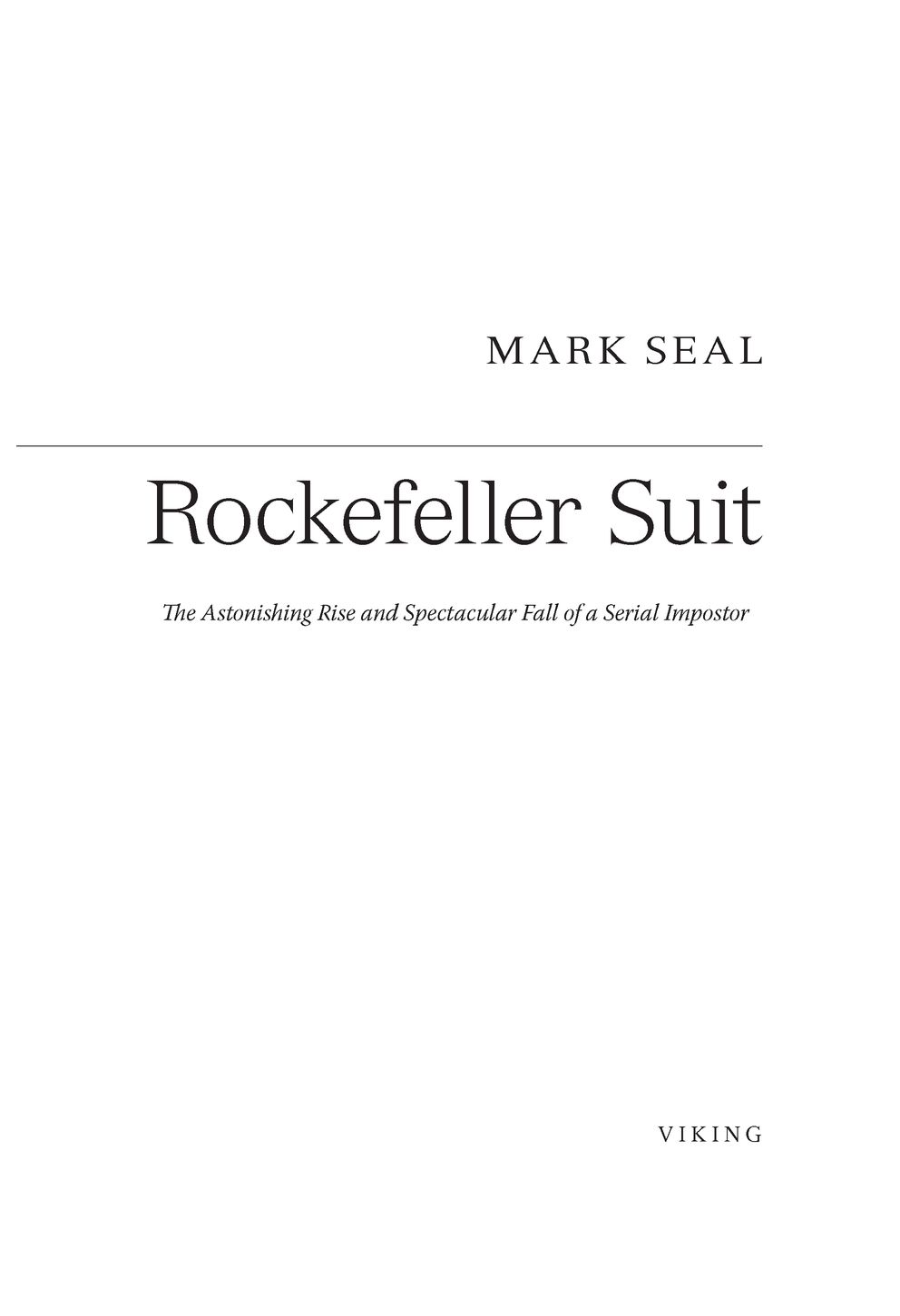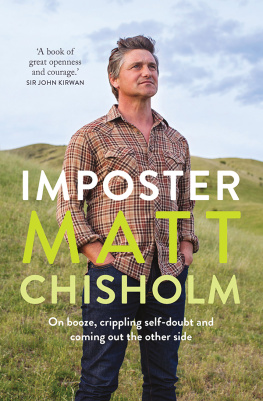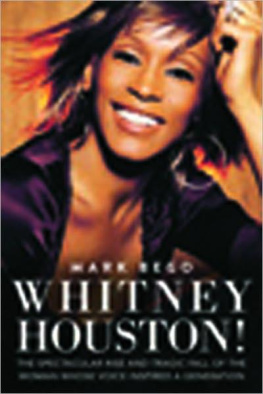Table of Contents
As always, for Laura with all of my love
Authors Note
This book is the product of almost two hundred interviews with people who crossed paths with the enigmatic man who eventually called himself Clark Rockefeller, both in Germany and in multiple states in America, as he rose through his many guises and identities.
All facts are taken from the authors interviews, police reports, court and grand jury transcripts, and television and other media accounts.
In some instances, names were changed at the request of the sources.
Any re-creations of scenes and characters opinions were based on information gathered from the aforementioned interviews, police reports, court and grand jury transcripts, and television and other media accounts.
Prologue
Sunday, July 27, 2008
The plan was foolproof, the route rehearsed, the cast of characters in place, the itinerary perfectly organized. Outwardly calm but with his heart racing, he was at last ready to accomplish what he had been so meticulously planning for months.
He had come a long way to land in this privileged place, a fifth-floor room in Bostons Algonquin Club, a venerable bastion of the most blue-blooded city in America, a preferred meeting place since 1886 for U.S. presidents, heads of state, and local and national aristocrats. He belonged here; he was a member of the board and a familiar presence in the clubs impossibly grand rooms, with their tall ceilings, museum-quality paintings, and uniformed staff, all of whom he had come to know and rely upon. His name was James Frederick Mills Clark RockefellerClark to his friends but Mr. Rockefeller to everyone else.
Good day, Mr. Rockefeller, the waiters would say as he sat for breakfast or lunch in the dining room, with its four fireplaces and a magnificent view of Commonwealth Avenue. Or Good evening, Mr. Rockefeller, as they fetched him his evening sherry in the book-lined library, surrounded . by the portraits of past members, whose ranks included President Calvin Coolidge and a Whos Who of American dignitaries. At forty-seven, he was well entrenched as a link in the countrys most fabled family, which traced its lineage back to John D. Rockefeller, who founded Standard Oil and created a dynasty of philanthropists.
Lately, a cloud had darkened Clark Rockefellers usually sunny faade. This explained why he was living, instead of merely lunching, in the Algonquin, which served its members as a haven not only from the unruliness of the outside world but also from temporarily painful and unfortunate events such as marital separation and, as in Rockefellers case, divorce. Today, however, he had reason to rejoice. He was going to spend it with his adorable little daughter, Reigh, a precious, precocious seven-year-old he called Snooks.
It was a bright Sunday morning, and he put on his customary uniform: well-worn khakis, a sky blue Lacoste shirt with the crocodile embroidered over the heart, Top-Sider boat shoes (as always, without socks), and a red baseball cap emblazoned with the word YALE. He adjusted his heavy black-framed glasses, which some people thought brought Nelson Rockefeller to mind, and proceeded from his room down the wide wooden stairway. After passing through the clubs hallway, redolent of polish and leather, he entered the imposing front lobby, where Snooks was waiting for him, along with the clinical social worker who was to chaperone their eight-hour visit. Even though Rockefellers ex-wife, Sandra, was just a few blocks away, she had followed a court order to ferry the child through the social worker.
Hi, Daddy! Snooks exclaimed, rushing over to hug him. She was small for seven, with a blond pageboy haircut and a crooked smile, wearing a sundress. Around noon, Rockefeller hoisted her on his shoulders and started walking toward Boston Common, where they had talked about riding the swan boats in the Public Garden. Good morning, Mr. Rockefeller, people said as he passed, for he was well known in this Beacon Hill neighborhood, having lived here for years in a four-story, ivy-covered $2.7 million town house on one of the best streets in the city. That was before Sandra dragged him through a painful and humiliating divorce, taking not only the Beacon Hill house but also their second home, in New Hampshire. She had also won custody of Snooks and moved her all the way to London, where she now worked, leaving him with only three court-supervised eight-hour visits per year. Today was the first, and his daughter had to be accompanied by Howard Yaffe, the social worker who was tagging behind them like a creaky third wheel.
But Clark Rockefeller still had his name, his intelligence, an extraordinary art collection valued at close to a billion dollars, good friends in high places, and cherished private club memberships along the eastern seaboard, where he could avoid bourgeois hotels and restaurants. Although hed lost Snooks, hed gotten $800,000 in the divorce settlement, and today he had his adored daughter back with him.
He turned the corner onto Marlborough Street, the tree-lined avenue where Teddy Kennedy once kept a residence. A black SUV was parked at the curb far down the block. Behind the wheel was Darryl Hopkins, a down-on-his-luck limo driver who had had the good fortune to pick up a Rockefeller in the rain one day. He had been driving through downtown Boston the previous summer when he spotted the dignified gentsoaking wet, dressed as if he had just been sailingattempting to flag down a cab. Hopkins screeched to a stop and offered him a lift. Since then, Hopkins and his distinguished passenger had become something of a team. Rockefeller didnt have a drivers license but always seemed to have somewhere he needed to go, and Hopkins was more than happy to provide wheels for him.
Mr. Rockefeller had the kind of peculiarities that the driver expected from very rich people. He spoke in a heavy East Coast rich boys lockjaw and dressed exclusively in the uniform of the Wasp aristocracy: blue blazers and rep ties or ascots, when he wasnt wearing khakis and a polo shirt. Before Rockefellers wife and little daughter had decamped for London, Hopkins used to drop off Snooks at Southfield, the exclusive private girls school in Brookline, and pick her up.
Today was a bit unusual. Rockefeller had told Hopkins that he and Snooks had a sailing date in Newport with the son of Lincoln Chafee, the former Rhode Island senator who was known to be a Rockefeller Republican. But he said he had a problema clingy family friend he would have to ditch before they got in the limousine. He offered $2,500 for Hopkinss help.
Shortly after noon, Hopkins was parked on Marlborough Street when he saw them strolling toward the limo, a short three-person paradeRockefeller with Snooks on his shoulders, trailed by a compact middle-aged man wearing jeans and a bright yellow polo shirt.
As they approached the vehicle, Rockefeller put Snooks down and stopped to point out one of the streets particularly stunning historic homes. When Yaffe turned to look at the building, the scion of the famous family tackled him with a body block that slammed the social worker to the ground.
Hopkins had already started the engine when Rockefeller snatched open the back door, yelled, Get in! to his daughter as he shoved her onto the seatwith such force that the doll she had been carrying flew out of her handsand leaped in after her.













